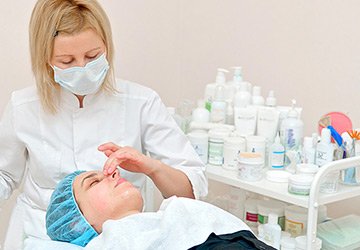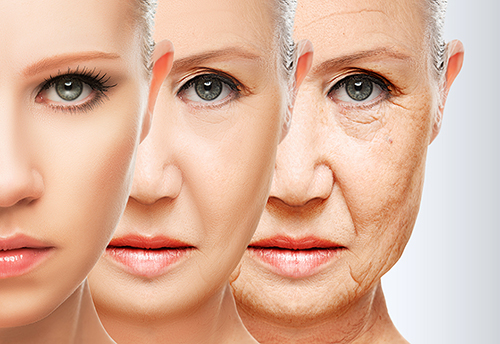Cosmetology
Glycolic acid in cosmetology
Some of us think about how to keep a tan for a long time, while others - how to eliminate unwanted dark spots... From October to March, it is time to effectively combat the pigmentation that you have acquired over the summer. It is at this time that an intensive whitening course can be carried out. So what products do cosmetologists recommend to us?
If you decide to use non-professional cosmetics, which include grape or citric acids, then the whitening will occur gently and gradually, that is, you will have to be patient while waiting for the results.
In the event that you have settled on more serious measures to combat pigmentation, then it is better to contact a salon.
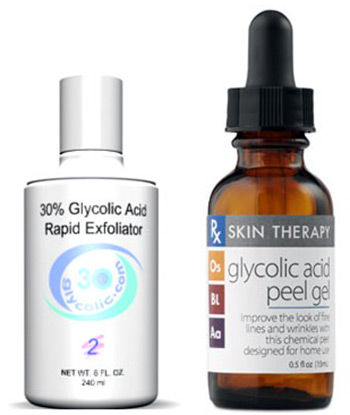
For whitening procedures, fruit acids are actively involved. These include citric, malic, tartaric, glycolic, lactic acids, and salicylic acid. These acids, processed into cosmetics, are like peels.
So what is glycolic acid? Glycolic acid is a fruit acid derived from sugar cane. It is used to exfoliate facial skin, treat acne and reduce the marks of acne, and reduce wrinkles. It is one of the best known alpha hydroxy acids (AHAs). In addition to these advantages, glycolic acid is able to retain moisture and narrows enlarged pores, and also copes with acne and lightens age spots.
Glycolic acid is added to peeling lotions or creams no more than 6-10% of the total mass of the product and is used as a regular cleanser, that is, the lotion is applied and immediately washed off with water, since glycolic acid is a strong remedy and it is impossible to hesitate so that there is no burn ... That is why non-professional products contain no more than 10% glycolic acid. Products containing more than 10% acid should only be used under the supervision of a beautician. Use UV protection during whitening procedures.
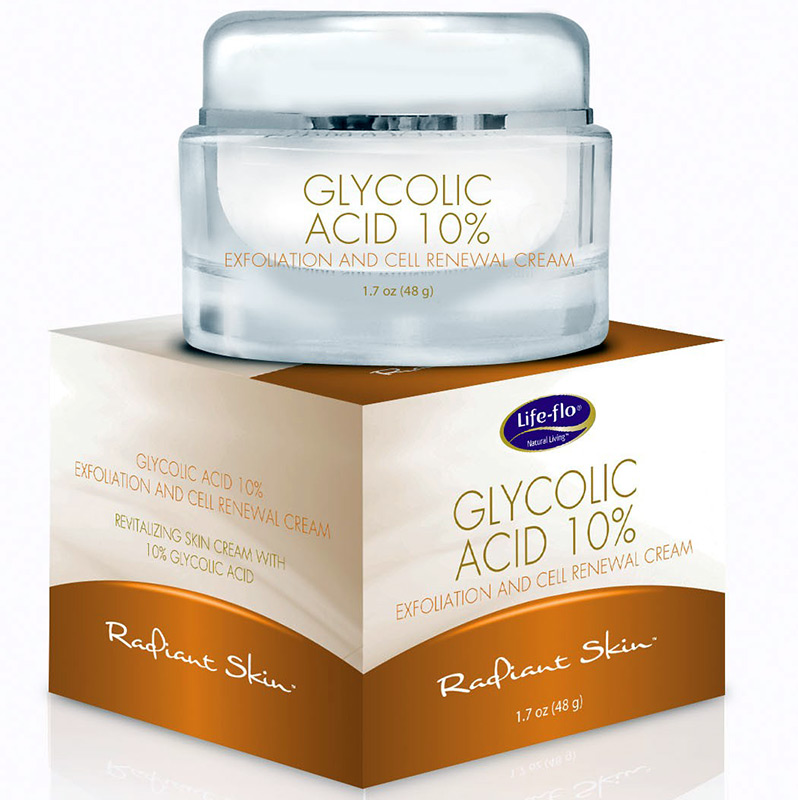
How does glycolic acid work? It accelerates the exfoliation of old cells, bringing to the surface a young and healthy layer of the skin, and also stimulates the formation of elastin and collagen, which make the skin more elastic and of course youthful. The face looks smooth, radiant and healthy without any painful procedures. And, as mentioned, glycolic acid fights acne. After all, excessive layers of scales of the epidermis closes the ducts of the sebaceous glands, which leads to the expansion of pores and the accumulation of sebum in them, which, hardening, together with dust and dead cells, forms acne.
Glycolic acid softens the sebum, cleanses the skin from the accumulation of dirt and horny scales, thereby normalizing the release of sebum from the pores, preventing the formation of acne and other inflammatory processes on the skin.
These processes can be easily eliminated by the glycolic acid cleansing gel. If the skin is oily, it should be applied daily, during morning and evening washing.
The cleansing process with glycolic acid in cosmetology clinics is currently one of the most popular.
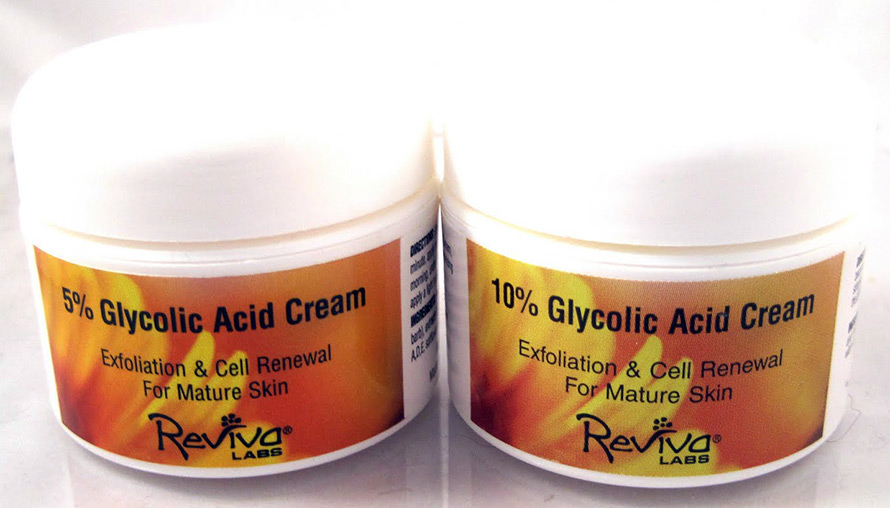
Comments and Reviews
Add a comment
Rating news
Shades of clothing that make women look younger
What shades of hair make women younger: rules and photos
Funny wedding dresses - photos and ideas
12 most expensive down jackets for the winter
How to look 25 at 40: tips from supermodels
Beautiful schoolgirls
Anti-aging haircuts and hairstyles for women
Fashionable skirts for autumn and winter
Fashionable women's trousers for the cold season
Fashionable and stylish sandals for summer 2024
Spring-summer 2024
 Fashionable dresses and tops with thin spaghetti straps
Fashionable dresses and tops with thin spaghetti straps
 Bandana tops: how to wear stylishly and beautifully
Bandana tops: how to wear stylishly and beautifully
 How to put together the perfect men's wardrobe for the summer
How to put together the perfect men's wardrobe for the summer
 Fashionable shorts for spring-summer 2024
Fashionable shorts for spring-summer 2024
 Fashionable skirts for spring-summer 2024: a guide to online shopping
Fashionable skirts for spring-summer 2024: a guide to online shopping
 The most fashionable dresses spring-summer 2024: styles and colors
The most fashionable dresses spring-summer 2024: styles and colors
 Fashionable total look 2024: ideas of images and trends
Fashionable total look 2024: ideas of images and trends
